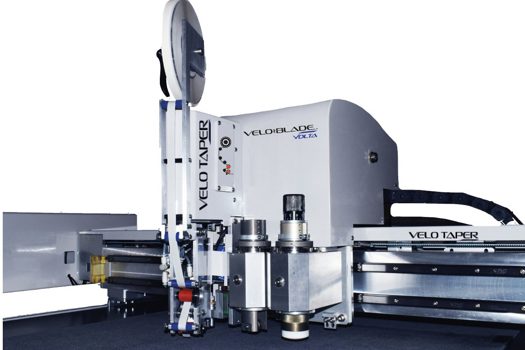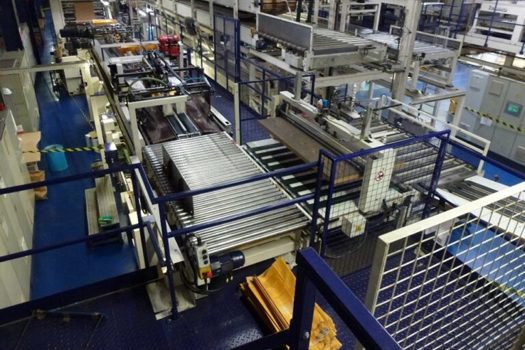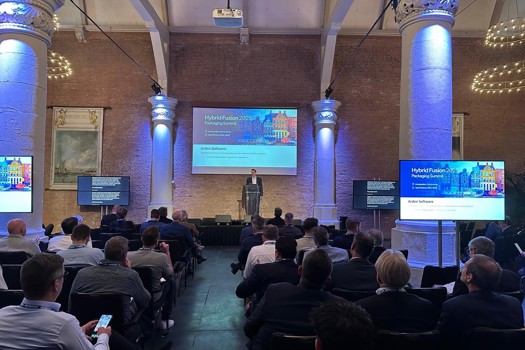In a report published yesterday, the WEF said that while automation could lead to the displacement of 75 million jobs between now and 2022, though this would be outpaced by the 133 million jobs it could create in the same timeframe.
In a survey of chief HR officers and strategy executives at companies across 12 industries in 20 countries, the report found that 50% of companies expect their full-time workforce to shrink by 2022 thanks to automation.
However, 38% expect to expand their workforce in general and 28% of the total surveyed expect new roles to be created due to automation.
The WEF urged businesses to directly participate in this period of transition, engaging with and learning from the new technology in order to continue to support their workforces.
WEF executive chairman Klaus Schwab said: “It is critical that business take an active role in supporting their existing workforces through reskilling and upskilling, that individuals take a proactive approach to their own lifelong learning, and that governments create an enabling environment to facilitate this workforce transformation.
“This is the key challenge of our time.”
For printers, automated software and robotic augmentations to printing equipment are becoming increasingly commonplace. In spring this year, Letchworth-based Showcard Print took on an Inca Onset X3 with robot arm system to advance its tech, while Simpson Group finalised a deal for one of the advanced machines at Fespa.
Management information systems (MIS), which streamline, link up and automate print business’ workflows, have also gained traction in recent years, with Lancashire developer Tharstern leading the charge in the UK.
PrintWeek's reigning company of the year Buxton Press was a recent adopter last month, embracing the technology to take its business to the “next level”.
Chief executive Kirk Galloway said: “An MIS system gives us the ability to track the progress of every job at any stage in our production cycle instantly, easily and precisely and relay this information to clients. Our new system will take this a step further with the information flow in general becoming increasingly streamlined as the system is integrated with our existing systems.
“As technologies advance, printing processes are increasingly automated to give improved efficiencies and performance but print is still essentially very much a people facing business; it’s about communication.
“A good MIS provides an increased scope for internal efficiencies and productivity allowing us to track the progress of every job at any stage in our production cycle and being able to easily relay this information to our clients we believe enhances the overall customer experience.”
Another Tharstern convert is St Austell-based Nationwide Print, which has further extended its use of automated software as part of a recent £200,000 expansion programme. Next steps will include the introduction of barcoding in its production scheduling to speed up and automate data input.
Managing director Julian Hocking said: “The bottom line is about trying to reduce your touch points and without MIS there is no way to do that. It’s all about speeding up your business and the more you reduce the amount of expensive and time-consuming admin needed, the more profitable your jobs can be.
“As far as staffing goes, it is certainly going to change the sort of people we look for – skills in IT, software and data will become more important.
“However, data is only as good as the people who put it in – data cannot understand a customer’s mindset so we will always need people.”
Birmingham mailing house Bakergoodchild is now in the process of replacing a variety of different CRM, invoicing and tracking systems with Tharstern. According to newly appointed marketing head Gunvinder Bhogal, the introduction of greater streamlining and automation will be to the advantage of staff, rather than a threat to their jobs.
He said: “MIS allows us to more efficiently monitor production, including our use of resources and our labour costs. We can be leaner and hopefully increase our output.
“While this will help to smooth operations, it will also allow us to great which means more staff – we will always need the manpower. For the staff we already have, this enables them to take on training to learn how to manage these kinds of systems and develop their skills further – we have programmes in place to support them in that.
“In 2019, we will be increasing our digital footprint. Automation is certainly the talk of the town among print companies now and I think more people will keep looking into things like MIS moving forward.”










